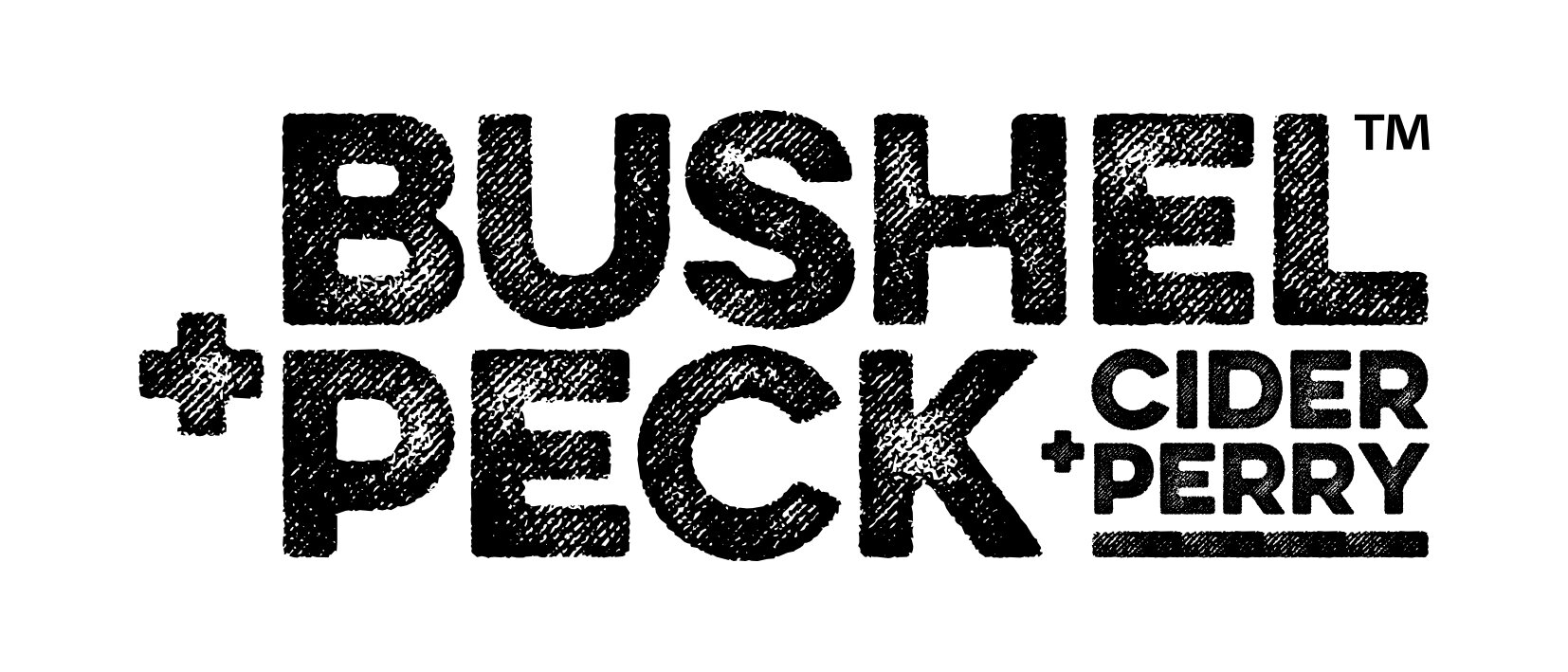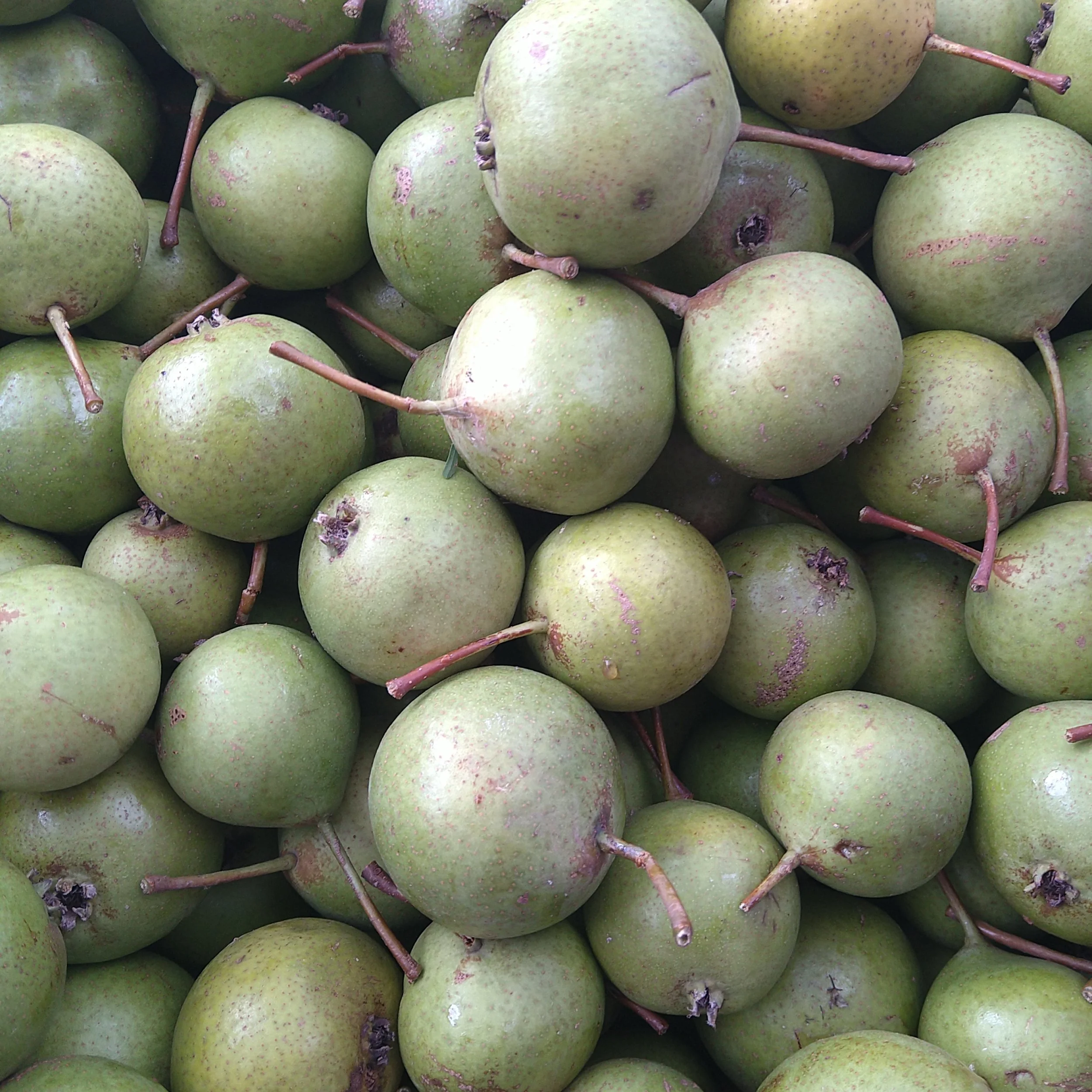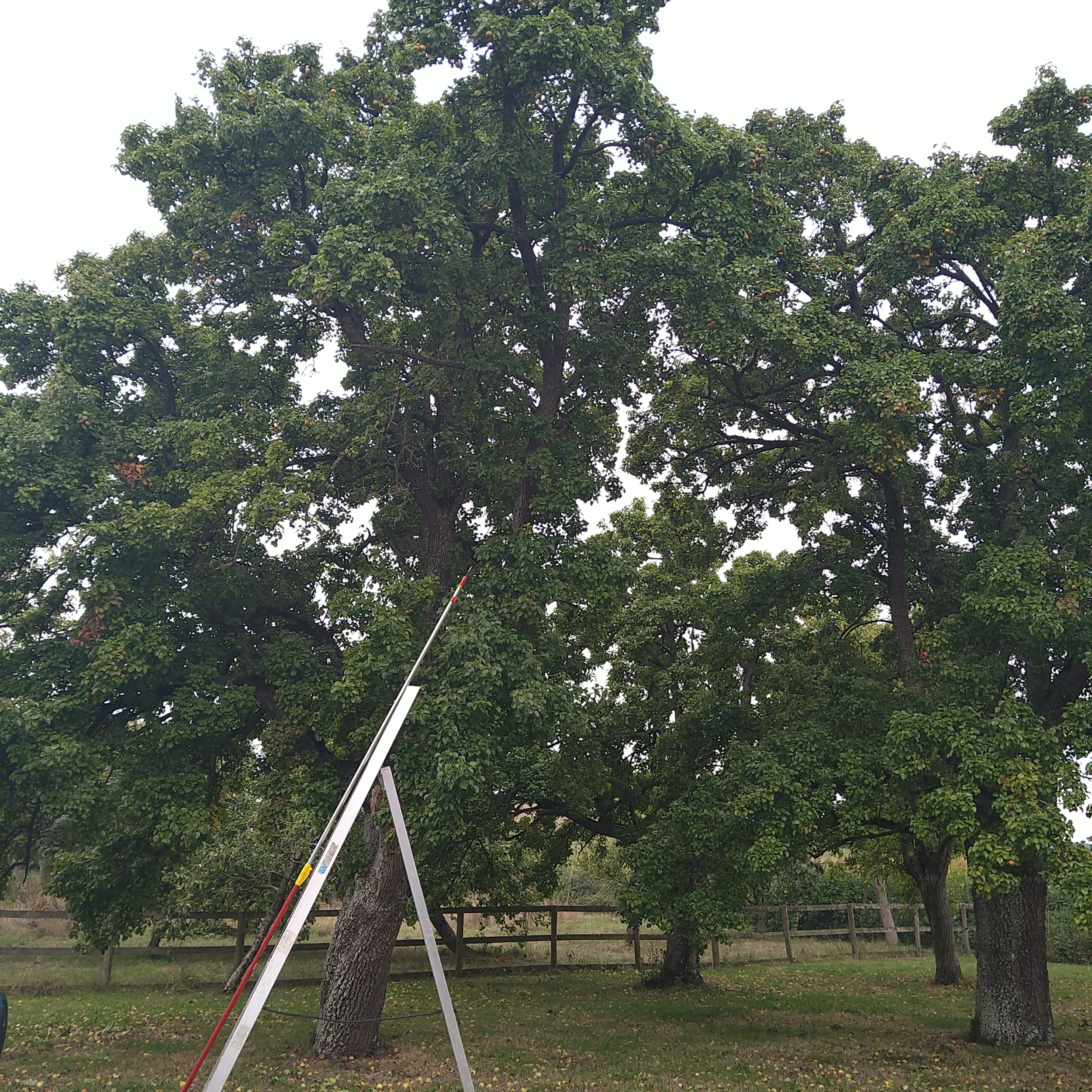Ripe?
Let's be honest. When we, like many or most other cider-makers, say that we only use perfectly ripe fruit we are talking codswallop. Fruit ripens on a tree at different rates, depending on whether the fruit is at the top or bottom of the tree, on the outer limbs exposed to the sun or sheltered and shaded within the heart of the tree, whether it's on the northern, southern, western or eastern facade of the tree. The reality is that even at the perfect time to harvest a tree the fruit on it is a combination of the ripe, the under-ripe and over-ripe and to get the best balance between these is a matter of timing … and that varies from year to year. This year, thanks to the long, hot summer we've enjoyed, the early season fruit is a week or two earlier than “normal”. During our initial years as cider-makers (2015 to 2020) our first pressings of the season, of Discovery apples, were in September; this year it was on August 20th.
We don't own any orchards. All our fruit comes from traditional orchards scattered around the county or from surplus fruit from Gloucestershire's garden, so we rely on householders, landowners and farmers to let us know when the fruit is “ripe” - when the pips are entirely dark brown or black is simple enough and good enough for us. We hope they get it right and they usually do. On a couple of occasions over the years we've turned up too early and have had to return later. If we turn up later than ideal the result is a smaller harvest, the over-ripe and rotten fruit left in the orchard, food for birds, insects, small mammals. There are lots of drawbacks to being a small producer but one advantage is that we're able to be picky about what we pick; harvesting by hand allows us to select the good and reject the bad, so only ripe or under-ripe fruit reaches the barn.
Perry pears pose a particular problem at harvest-time. For starters, most trees are so tall that only a portion of the fruit can be harvested, even when that harvest is a crude shake with a panking pole atop a tall ladder. The fruit is shaken into what is generally the rough ground below, usually long grass and sometimes stinging nettles; plucking small pears from long grass is a painstaking business. Some varieties, such as Thorn and Moorcroft, ripen very quickly, under-ripe on Monday and over-ripe by Friday, and an over-ripe pear falling from a great height makes a noteworthy splat on the tarpaulin below. And both these varieties have a tendency to ripen and rot on the trees; when shaken, the rotten pears splat all over the rest of the fruit. And pears, of course, rot from the inside, so there's an element of guess work in deciding what is acceptably a tad over-ripe and what is unacceptable.
And our ciders and perries are the result of all these choices. Generally, we err on the side of the under-ripe rather than over-ripe, so our ciders tend to be a crisp, clean, fresh reflection of the fruit. One exception is our Limited Edition 2021 vintage Moorcroft single variety perry; our first visit to the orchard was a few days too early and by the time we returned a week later much of the fruit was riper than we'd ideally like. The result is a perry with, we think, an unusually dark colour, an intense aroma and complex, nutty tones, offset by an acidic twang. By April or May 2023 you'll be able to compare it with our 2022 Moorcroft, made from fruit from the exact same trees but this time picked on the perfect day … bright blue skies and sunshine in the shadow of May Hill, a gentle breeze to keep things cool, 60% of the fruit ripe, 30% a tad under-ripe and 10% a tad over-ripe. Making our perry in the way that we do, that's as close to perfection as we're able to achieve.
Thanks for reading.



